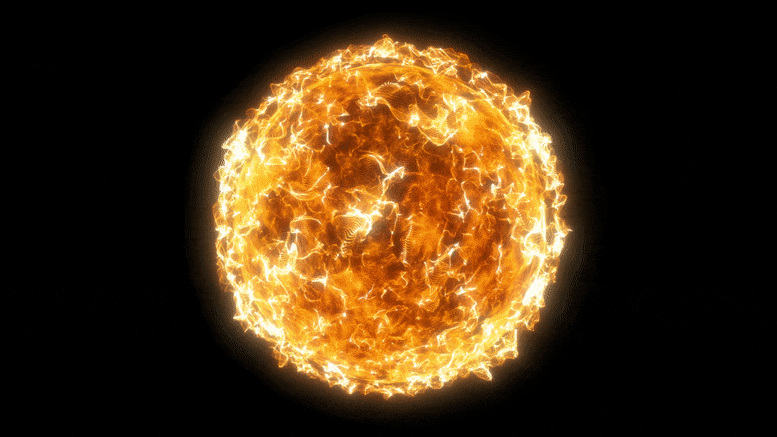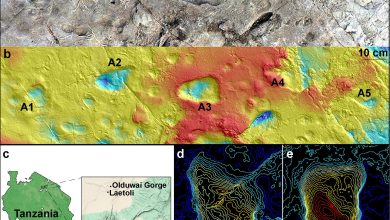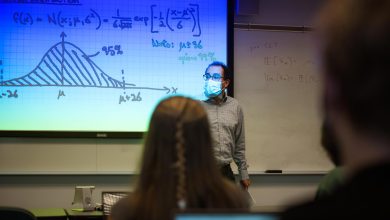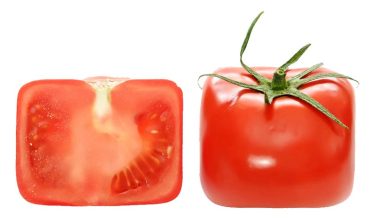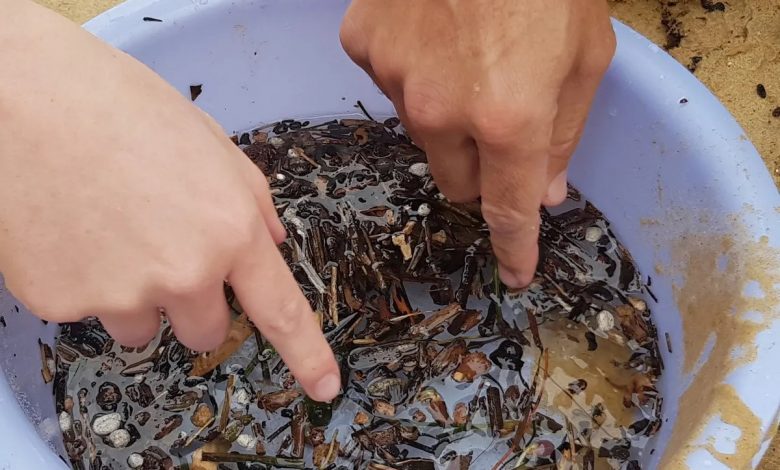
Microbiologists have found a way to use bacteria to trap microplastics, removing them from the environment and making them easier to recycle.
At the Microbiology Society’s Annual Conference held this day on 28th April, Yang Liu, researcher at Hong Kong Polytechnic University, discusses a new technique to trap and recover microplastics.
The method uses bacterial biofilms, a sticky substance created by micro-organisms, to trap microplastic particles. The biofilm is then processed and dispersed, releasing the microplastic particles for processing and recycling.
Liu and colleagues used the bacterium Pseudomonas aeruginosa to capture microplastics in a bioreactor. This species of bacteria is found in all environments and has previously been shown to colonize microplastics in the environment.
Bacteria naturally tend to group together and stick to surfaces, and this creates an adhesive substance called “biofilm” – we see it every morning when brushing our teeth and getting rid of dental plaque, for example. Researchers at the Hong Kong Polytechnic University (PolyU) want to use this sticky bacteria property and create tape-like microbe nets that can capture microplastics in polluted water to form an easily disposable and recyclable blob.
P. aeruginosa biofilms cause the microplastics to aggregate together, eventually causing them to sink. In bioreactors, this makes the microplastics more convenient to collect, according to Liu. Once the microplastics were captured by the biofilms and had sunk to the bottom of the reactor, the researchers used a biofilm-dispersal gene, which caused the biofilm to release the microplastics. Liu explained that this “allows convenient release of microplastics from the biofilm matrix, which is otherwise difficult and expensive to degrade, so that the microplastics can be later recovered for recycling.”
Microplastics are hugely problematic and pose a major risk to food chains and human health, according to Liu: “They are not easily bio-degradable, where they retain in the ecosystems for prolonged durations. This results in the uptake of microplastics by organisms, leading to transfer and retention of microplastics down the food chain. Due to their huge surface area and adsorption capacity, microplastics can adsorb toxic pollutants, such as pesticides, heavy metals, and drug residues at high concentrations. This leads to biological and chemical toxicity to organisms in the ecosystems and humans after prolonged unintended consumption of such microplastics. Moreover, microplastics are also difficult to remove in wastewater plants, resulting in their undesired release into the environment.”
The next steps of the research are moving the proof-of-concept from the lab, to an environmental setting “we next plan to isolate and identify natural pro-biofilm forming bacterial isolates either from the sewage or from aquatic environments, where they display heightened abilities to colonize and form biofilms on microplastics.”
Liu and colleagues hope the technique will eventually be used in wastewater treatment plants to help stop microplastics escaping into the oceans. They also have to find natural compounds to stimulate biofilm dispersal of the pro-biofilm forming bacterial isolates, saying “this provides a basis for future applications in wastewater treatment plants, where microplastics can be removed in a safe and environmentally friendly manner.”
Microplastics are a huge problem, and more techniques are needed to safely remove them from our environment, Liu states the importance of this, saying “it is imperative to develop effective solutions that trap, collect, and even recycle these microplastics to stop the ‘plastification’ of our natural environments.”
Biofilms occur when communities of bacteria group together and create a shield, or biofilm, from sticky exopolymeric substances. Biofilms can be problematic as they protect the bacteria from against outside influences such as environmental changes and antibiotics.
Microplastics are plastic particles less than 5mm in diameter. They can enter the environment through a number of sources including the breakdown of larger plastic pieces, washing of synthetic clothing, breakdown of car tires and plastic waste directly from industry. The current methods for microplastic disposal, such as incineration or storage in landfill, are limited and have their own disadvantages.
Although they are tiny, the risk they post to the environment is huge. Microplastics are not easily biodegradable, so they stick around for long periods of time and they also absorb and accumulate toxic chemicals. They disperse into wastewater and into the oceans, endangering marine animals who end up eating them and eventually trickling into the food chain and harming human health too. Microplastics had been found in more than 114 aquatic species in 2018, according to the International Maritime Organization, and they have been found in salt, lettuce, apples, and more.
Yet, there are not any sustainable, one-size-fit-all ways to eliminate microplastics.
With this research, Liu’s team has engineered a bacterial biofilm, from a bacteria called Pseudomonas aeruginosa, able to immobilise and incorporate rogue microplastics floating around in the water. These microbe nets trap and group the microplastics and make them sink to the bottom of the water. Then, thanks to a “capture-release mechanism” using a biofilm-dispersal gene, the researchers can unlatch the microplastics from the bacteria traps and find themselves with bulks of collected microplastics ready to recycle.
“This is a really innovative and exciting application of biofilm engineering to address the plastic pollution crisis,” said Dr Joanna Sadler, researcher at University of Edinburgh, who was not involved in this study. “One of the biggest challenges in dealing with microplastics is capturing such small particles so they can be degraded and removed from the environment. Liu and co-workers have demonstrated an elegant solution to this problem, which holds great potential to be further developed into a real-world wastewater treatment technology.”
However, the experiment is still preliminary: it has been carried out as a proof-of-concept test in a controlled lab environment and not in the ocean or the sewers; and it was done using the “aeruginosa” bacteria strain, which is a disease-carrying bacteria for humans and probably could not be used in large-scale projects. But the researchers are confident that the method can be replicated to find natural biofilm-forming bacteria directly in sewage or other watery environments and go from there.
“In terms of the capture of microplastics, it’s an interesting development,” said Dr Nicholas Tucker, senior lecturer in molecular microbiology at the University of Strathclyde, who was not involved in the study. “Whether it’s scalable is going to be interesting to see.” According to Tucker, there will need to be more research on what types of surfaces to grow the biofilm on.
However, research like this provides a good example of the many uses for microbial biotechnology and what big feats tiny bacteria can accomplish. “In general, this shows that microbes can and will play a role in every stage of the life cycle of plastics,” Tucker said.
Meeting: Microbiology Society Annual Conference Online 2021

